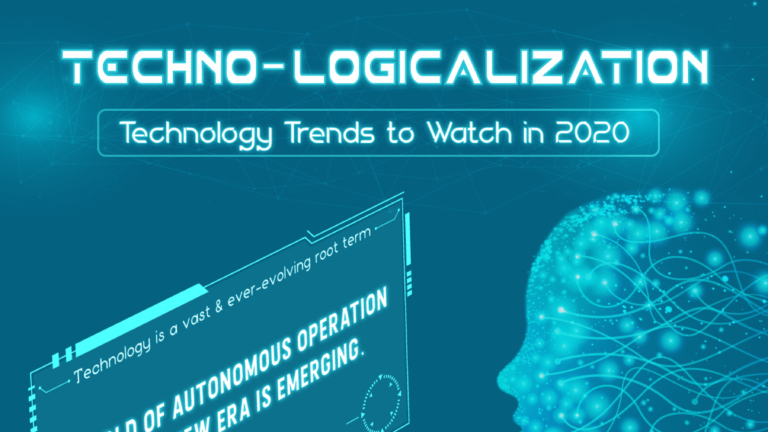Technology is a vast & ever-evolving root term, with changing times it has taken a step forward in nearly every aspect of our lives. It’s now on the cusp of moving ahead of augmentation and in the future, it may replace human capability into augmentation that creates superhuman capability. As we process in the future, technology is expected to make more way into our living.
By 2022, the global edge computing market is expected to reach $6.72 billion and by the end of 2020, the number of IoT devices is expected to reach 30 billion devices.
People-Centric
- Hyper automation
- Multiexperience
- Democratization
- Human Augmentation
- Transparency & Traceability
Smart Spaces
- Empowered Edge
- Distributed Cloud
- Autonomous Things
- Practical Block chain
- AI Security
The future will be characterized by smart devices delivering increasingly insightful digital services everywhere and these trends have the potential for substantial disruption.
This infograph consists of the top 10 People-Centric & Smart Spaces technology trends to watch in 2020.




